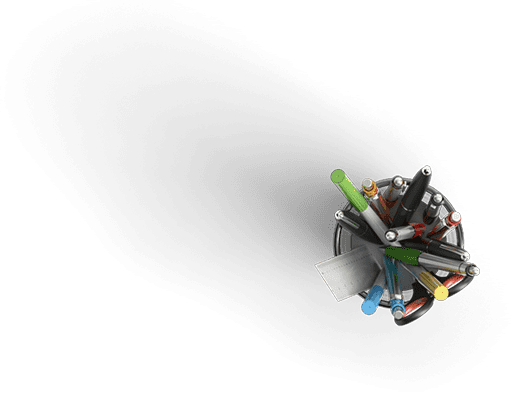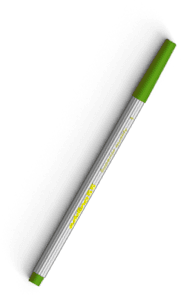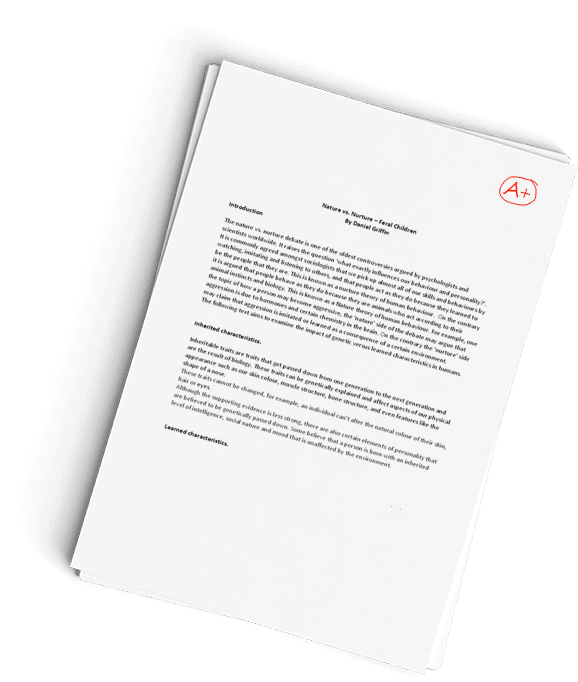can anyone help me
Question Description
Write 300-400 wordsdescribing it in as much detail as you possibly can.Begin with a basic discussion of the object. Youll need to address questions like this in the first couple sentences ofyour assignment. What sort of work is this? (painting, sculpture, etc.) Who was the artist? When was it created? What is the general type of subject? (Biblical, mythological, historical, daily life, landscape, portrait, abstract,etc.)Then consider the way the artist has used the elements of art. Line can be actual or implied. It can function as contour or be suggested by the composition. Somequestions to ask:o What kinds of lines are used? Straight (horizontal, vertical, diagonal) or curving?o Are the edges of objects clear and sharp, or soft and fuzzy, or rough and irregular?o Are there implied lines that lead your eye in a particular direction?o Be aware of the presence of line in sculpture (e.g., the gestures of bodies or angles of forms).o How has the use of line contributed to the mood/impression/idea the artist wants tocommunicate with this artwork? Think about the colors that are used in the work, and consider how they have been organized. Do not talkabout color symbolism; that is iconography and requires serious research to do properly. Some questions:o How do they relate to each other?o Does the color unify parts of the composition?o Does it suggest a deep space or a shallower one?o Does the color help focus the viewer’s attention on one or more important elements in thecomposition?o Are the colors true-to-life?o Is color used objectively or is it intended to evoke an emotional response in the viewer?o How has the use of color contributed to the mood/impression/idea the artist wants tocommunicate with this artwork? Consider how the artist has used value in the piece. Some questions:o Does the artist use shading to create the illusion of three-dimensionality? Or do the objects lookflat?o What techniques, if any, were used to create a sense of light and shadow (cross hatching, blendedchiaroscuro shading, etc.)?o Is the lighting soft, dramatic, uniformly bright? Uniformly dark? What effects are created by thatchoice?o How has the use of value contributed to the mood/impression/idea the artist wants tocommunicate with this artwork? Consider how the artist suggests or uses space in the piece. Some questions to ask yourself:o What kind of space is suggested in the work? (Deep recession, lack of depth, flatness, etc.)o What elements or techniques create the effect of space? (overlapping, diminishing size, linearperspective, atmospheric perspective, etc.).o How has the use of space contributed to the mood/impression/idea the artist wants tocommunicate with this artwork? What kinds of shapes or forms did the artist use?o Do they mostly have straight edges or curving ones?o Are they regular, geometric shapes/forms (e.g., squares, triangles, spheres), or irregular, organicshapes?o How has the use of shape and form contributed to the mood/impression/idea the artistwants to communicate with this artwork?And consider the use of the Principles of Design to create a composition. That is, how are the parts of the artworkarranged? What are the major parts of the composition? How are they related to each other? Do some parts point to others? Do some dominate the space/stand outmore compared to others? Or does everything seem to have equal importance? Is the composition compact and contained, or are the elements loosely arranged, with lots of empty spacearound them? Is it unified (maybe only one main subject, or all of the parts are fairly similar in size, shape, color, etc.)? Oris it more diverse (lots of different types of subjects, colors, textures, etc. in the work)? Is the composition balanced? If so, is it symmetrical, with both sides matching (or basically matching), or isit asymmetrical? How has the artist used proportion in the artwork? Are the proportions of objects and/or figuresnaturalistic? Elongated? Squat? Has the artist repeated any elements to create a sense of pattern or rhythm, or to add greater unity?
the picture is ((Henry Ossawa Tanner, The Banjo Lesson, 1893, oil on canvas.))
Have a similar assignment? "Place an order for your assignment and have exceptional work written by our team of experts, guaranteeing you A results."








